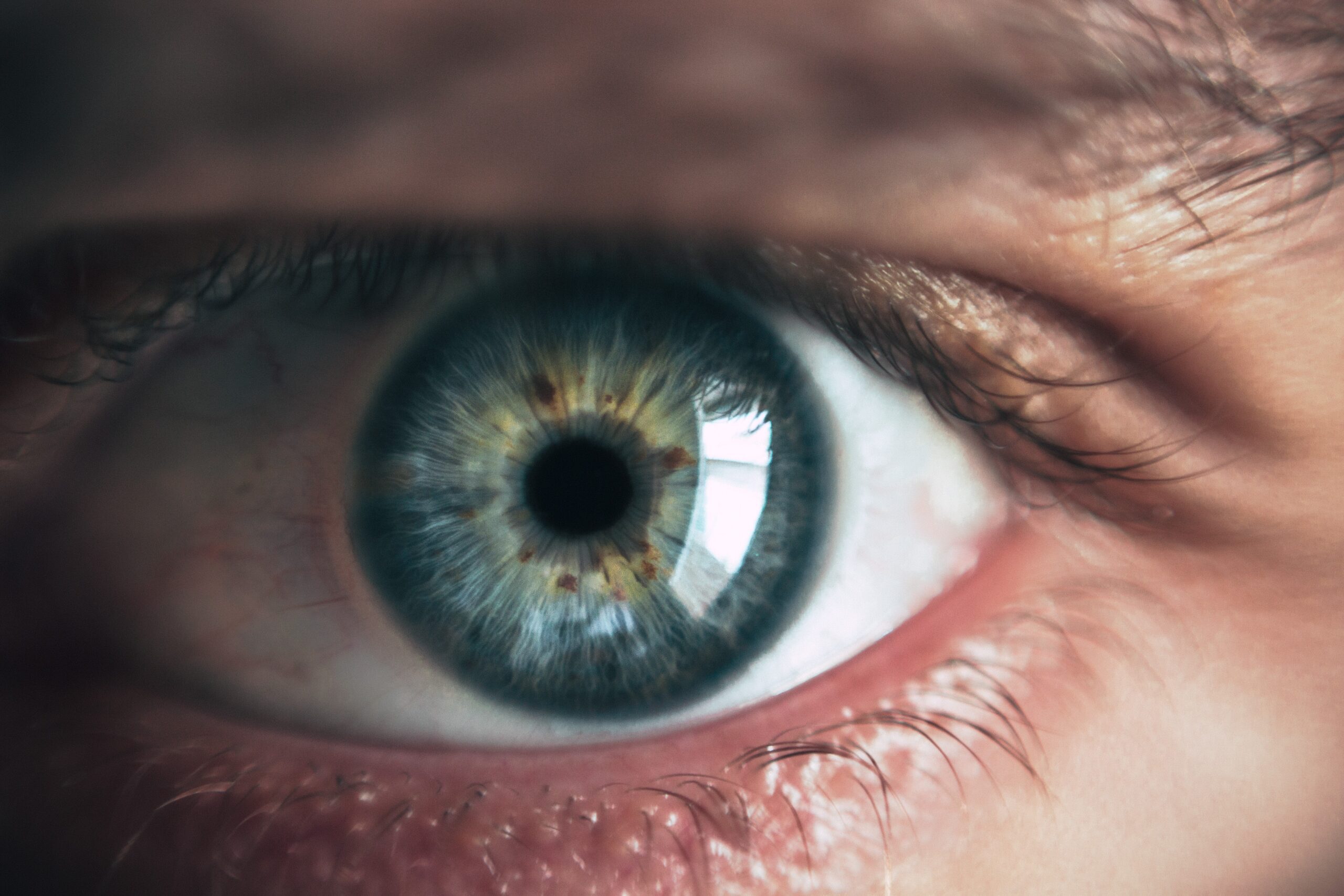Our eyes are precious windows to the world, allowing us to experience the beauty and wonders around us. However, various eye problems can affect our vision and overall quality of life. Recognizing the early signs of these issues is crucial for timely intervention and maintaining healthy eyesight.
Common Signs of Eye Problems
- Blurred Vision: Difficulty focusing on objects, near or far, is a significant red flag. This can be a symptom of nearsightedness (myopia), farsightedness (hyperopia), astigmatism, or other refractive errors.
- Double Vision: Experiencing two images of a single object can indicate misalignment of the eyes (strabismus), neurological issues, or certain medications.
- Eye Pain or Discomfort: Persistent eye pain, itching, burning, or a feeling of something in the eye can signal various problems, including eye strain, dry eye, or infections.
- Excessive Tearing (Watery Eyes): Constant tearing can be caused by allergies, infections (like conjunctivitis – pink eye), blocked tear ducts, or even dry eye syndrome (ironically, excessive tearing can sometimes be a symptom of dry eyes).
- Sensitivity to Light: Difficulty tolerating bright light can be a symptom of various conditions, including migraines, glaucoma, and certain medications.
- Halos Around Lights: Seeing halos or rings around lights, especially at night, can be a sign of cataracts or other eye conditions.
- Changes in Color Vision: Difficulty distinguishing between colors, such as experiencing color blindness (difficulty differentiating between red and green, blue and yellow, etc.), can indicate underlying issues.
Eye Conditions That Can Affect Vision
Refractive Errors:
- Nearsightedness (Myopia): Difficulty seeing distant objects.
- Farsightedness (Hyperopia): Difficulty seeing close objects.
- Astigmatism: Blurred vision at all distances due to an irregularly shaped cornea.
- Presbyopia: Age-related difficulty focusing on close objects, common in middle-aged adults.
- Cataracts: Clouding of the eye’s lens, leading to blurry vision, sensitivity to glare, and difficulty seeing at night.
- Glaucoma: Increased pressure within the eye that can damage the optic nerve, leading to gradual vision loss.
- Macular Degeneration: Age-related macular degeneration (AMD) affects the central part of the retina, causing blurred or distorted central vision.
- Diabetic Retinopathy: A complication of diabetes that damages the blood vessels in the retina, potentially leading to vision loss.
Recognizing Eye Problems in Children
- Frequent Eye Rubbing: Children often rub their eyes due to itching, irritation, or eye strain.
- Squinting: Squinting to see clearly can be a sign of nearsightedness or other vision problems.
- Difficulty with Hand-Eye Coordination: Problems with tasks like catching a ball or building blocks can sometimes be related to vision issues.
- Avoiding Activities: Children may avoid activities that require close vision, such as reading or drawing if they are experiencing difficulty seeing.
When to Consult an Eye Specialist
- Sudden or significant changes in vision
- Persistent eye pain or discomfort
- Double vision
- Halos around lights
- Difficulty adjusting to changes in light
- Any concerns about your child’s vision
Protecting Your Eye Health
- Regular Eye Exams: Schedule regular eye exams, even if you don’t experience any vision problems.
- Protect Your Eyes from UV Rays: Wear sunglasses that block both UVA and UVB rays when outdoors.
- Maintain a Healthy Lifestyle: Eat a balanced diet, exercise regularly, and maintain a healthy weight.
- Practice Good Screen Hygiene: Take frequent breaks when using digital devices, and follow the 20-20-20 rule: Look at something 20 feet away for 20 seconds every 20 minutes.
Disclaimer: This information is for general knowledge and informational purposes only and does not constitute medical advice. Always consult with a qualified eye care professional for any concerns about your vision.


